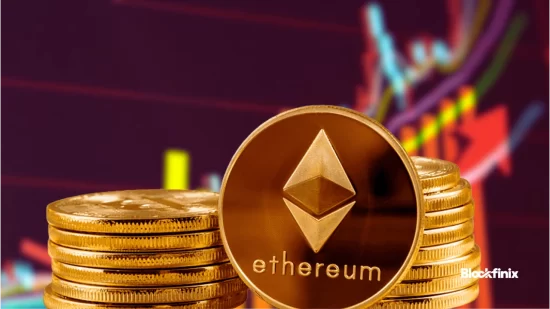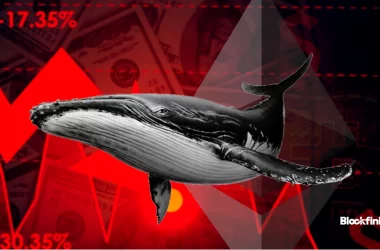Ethereum’s gas limit has increased above 30 million, which is quite a big change for the network.
The push to raise the gas limit has been on for a while. However, the network reached the needed consensus to implement the change late Monday, with over 51% of validators signaling support for a higher gas limit.
This would be the first-ever gas limit adjustment since Ethereum transitioned to a proof-of-stake consensus mechanism. The last change occurred in 2021 when the gas limit was raised from 15 million to 30 million gas units per block.
With the latest change, Ethereum sees an average gas limit of 31.9 million at the time of writing. Earlier today, some blocks recorded 32 million and above.
33.5m nowhttps://t.co/tGibOqOhKH pic.twitter.com/Phus2FuVuc
— Evan Van Ness 🧉 (@evan_van_ness) February 4, 2025
Why does the gas limit increase matter?
Increasing the gas limit is a needed change to help calm Ethereum’s scalability issues.
With the limit now above the previous 30 million, more transactions and perhaps complex smart contract functions can be processed in a block.
Every transaction on Ethereum costs gas, and when the total amount of gas from transactions exceeds the allowed limit per block, the transactions get delayed, which may also result in congestion and a gas price war.
Thus, a higher gas limit translates to less transaction delay and cheaper fees. However, there could be risks. Some people are concerned that a high gas limit could destabilize the network.








